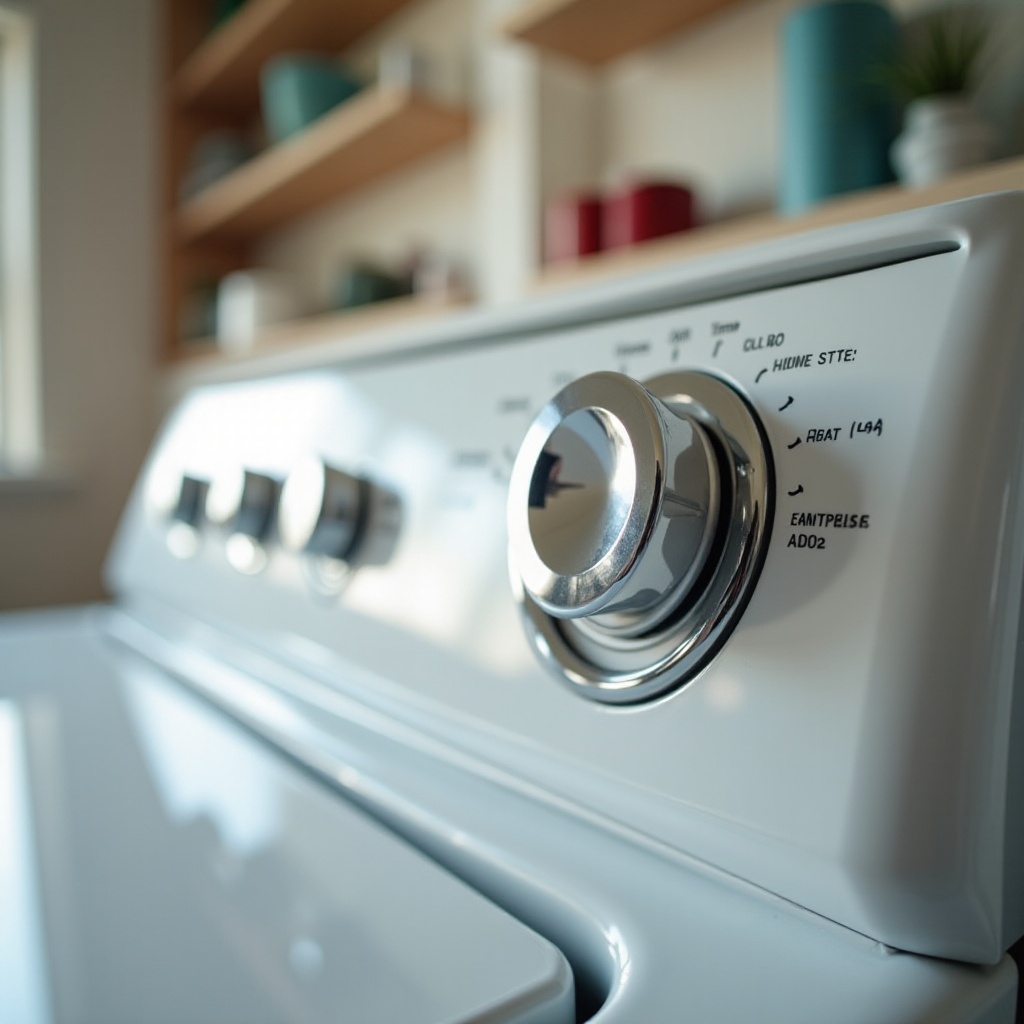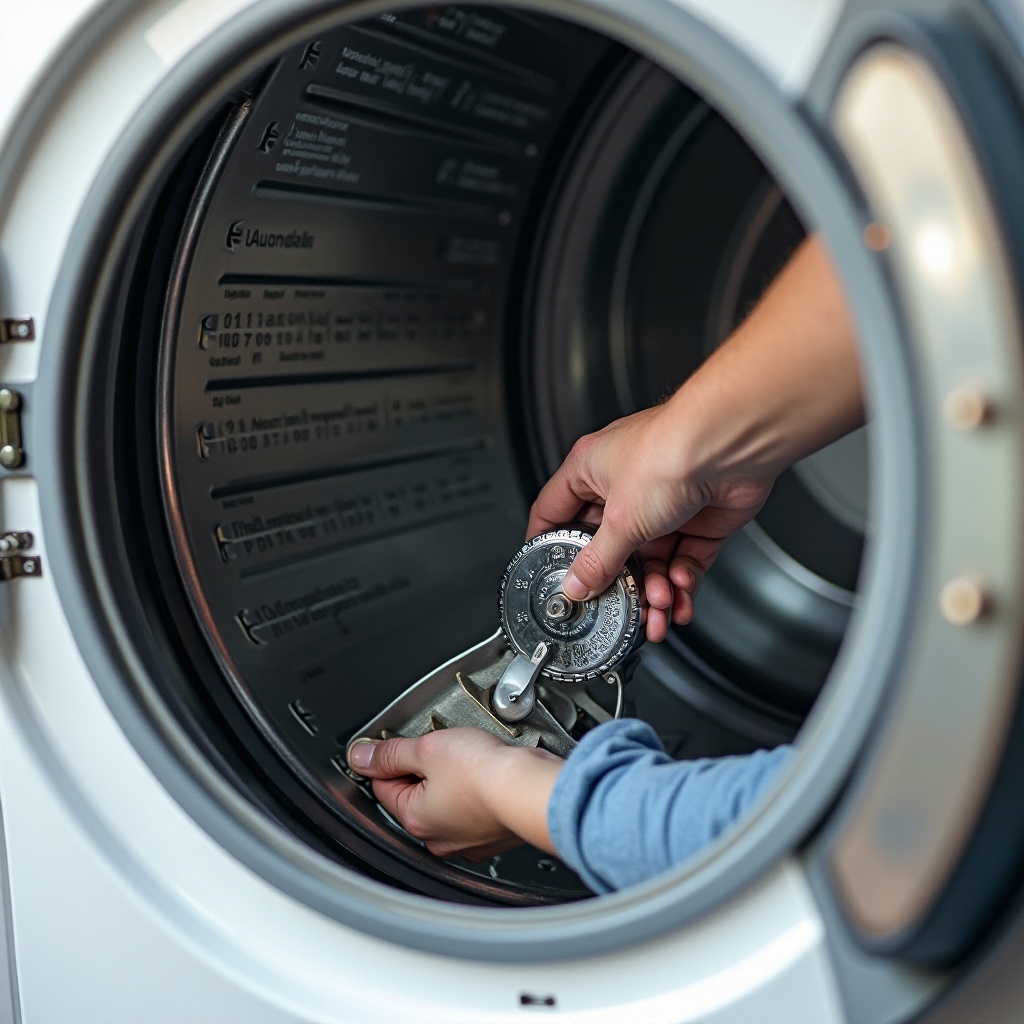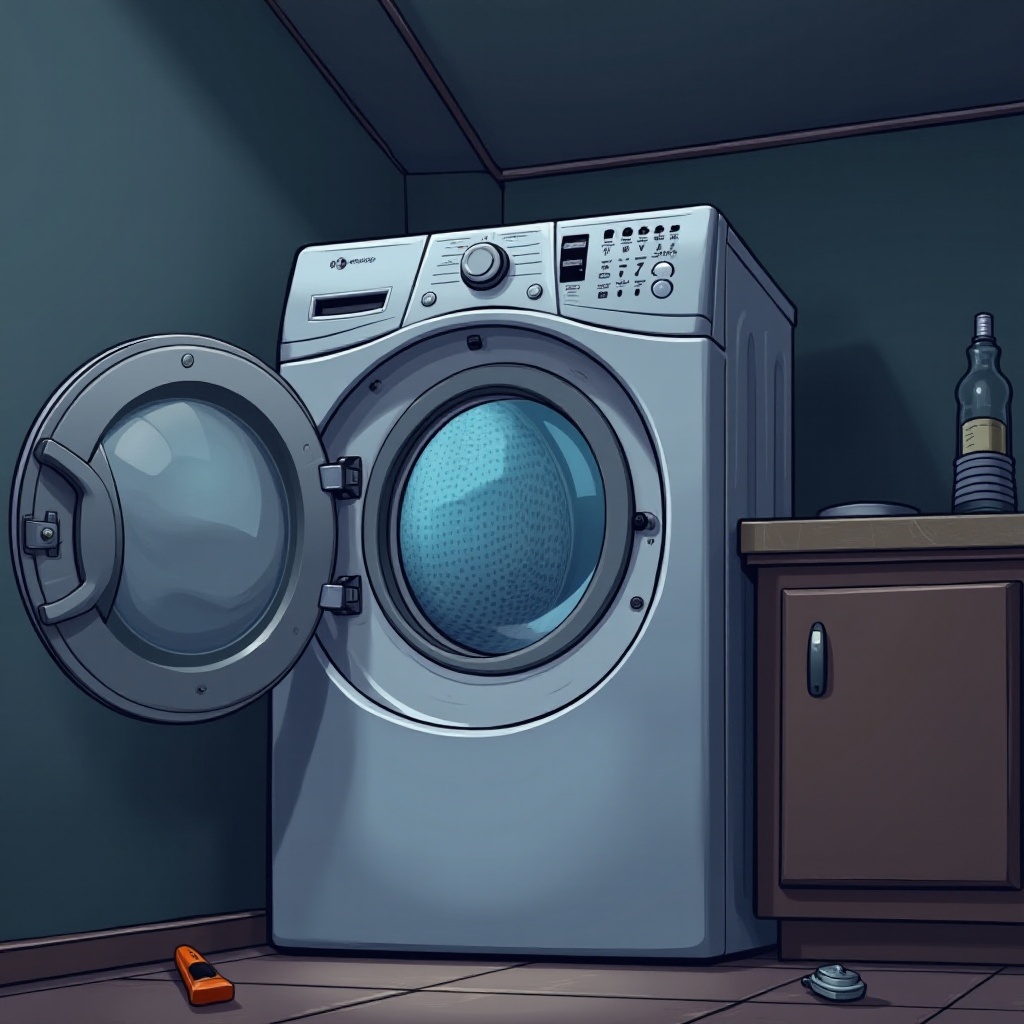Introduction
Encountering a dryer that doesn't work properly, whether due to timer issues or lack of heating, can disrupt your household routine. Knowing the causes of these problems and how to address them is essential to maintain the appliance's performance and extend its lifespan. Let's dive into the specifics of these issues and practical solutions to restore your dryer's functionality.

Understanding How a Dryer Works
To tackle dryer problems effectively, it's important to have a basic understanding of how these appliances function.
Types of Dryers: Electric vs. Gas
Dryers come in two main types: electric and gas. Electric dryers heat coils using electricity, while gas dryers rely on natural gas or propane to heat the air for drying clothes. Both require a system of timers and sensors to manage their processes efficiently.
Key Components of a Dryer
A dryer's main components include the drum, motor, heating element, timer, and various sensors and thermostats. Each part plays a crucial role in ensuring your clothes dry properly and efficiently. Familiarizing yourself with these components can enhance your ability to troubleshoot effectively.

Identifying Symptoms of a Faulty Timer and No Heat
Recognizing the symptoms of dryer problems is the first step toward a successful diagnosis and repair.
How to Recognize Timer Issues
Signs of timer issues include the dryer not progressing through cycles, shutting off prematurely, or failing to initiate a cycle. Such symptoms suggest that the timer requires attention.
Signs Your Dryer Is Not Heating
When clothes remain damp after a cycle or drying times are prolonged, the dryer may not be heating effectively. This can indicate issues with the heating element or other related components.
Common Causes of Dryer Timer Malfunctions
Understanding potential causes of timer malfunctions aids in diagnosing your dryer’s issues more accurately.
Electrical and Wiring Issues
Problems with faulty wiring or loose electrical connections can lead to timer malfunctions. Over time, wiring can become frayed, or connections may loosen, affecting the timer's operation.
Mechanical Wear and Tear
Dryer timers and their internal components can degrade over time due to regular use. This wear and tear can adversely affect performance, necessitating repair or replacement.
Reasons Your Dryer May Not Be Heating
Exploring the reasons behind heating issues can help pinpoint the problem.
Broken Heating Element
The heating element is vital for producing heat in the dryer. When it fails, the dryer will operate without generating necessary heat, leading to damp clothes after a cycle.
Faulty Thermal Fuse or Thermostat
Thermal fuses and thermostats regulate the dryer's temperature. If these fail, the dryer may not heat correctly, triggering safety mechanisms to prevent overheating.
DIY Troubleshooting Steps
Before calling in a professional, try these DIY steps to identify and possibly resolve the problem.
Checking the Power Supply
- Confirm that your dryer is plugged into a working outlet.
- Check the circuit breaker for any trips and reset it if needed.
Inspecting and Testing the Timer
- Disconnect the dryer and access the control panel.
- Use a multimeter to check the timer's continuity; replace if it fails.
Examining the Heating Element
- Access the dryer's rear panel to locate the heating element.
- Test for continuity with a multimeter; replace if the circuit is open.
Evaluating Thermal Fuses and Thermostats
- Locate the thermal fuse and thermostats, usually near the exhaust.
- Use a multimeter to test for continuity; replace any faulty parts.
Assessing Wiring and Connections
- Inspect all wiring and connections for signs of wear or damage.
- Secure any loose connections and replace damaged wiring.

Knowing When to Seek Professional Help
If these steps don't resolve the issue, it might be time to consult a professional. Complex electrical issues and the replacement of internal components often require an expert's skills. Professional service can provide accurate diagnosis and efficient repair solutions, ensuring your dryer operates safely.
Preventative Maintenance Tips for Your Dryer
Regular upkeep can prevent many common problems, keeping your dryer in optimal condition.
Regular Cleaning and Inspection
- Clean the lint trap after every load to prevent airflow obstruction.
- Regularly inspect the drum for any foreign objects or damage.
Best Practices for Extending Dryer Lifespan
- Avoid overloading the dryer to minimize strain on its components.
- Schedule professional maintenance checks annually for thorough inspection and servicing.
Conclusion
By understanding your dryer's components and following these troubleshooting steps, you can effectively resolve issues related to the 'dryer timer not working and not heating'. Regular maintenance and timely repairs not only restore functionality but also help extend the appliance's lifespan.
Frequently Asked Questions
How often should I replace my dryer's timer?
Dryer timers don't have a set lifespan but may need replacement if malfunctioning after troubleshooting.
Can I reset my dryer if it's not heating?
Yes, resetting your dryer by unplugging it for a few minutes can sometimes resolve minor issues.
What tools do I need for basic dryer repairs?
You'll need a multimeter, screwdriver, and possibly a socket wrench set for accessing internal parts.
